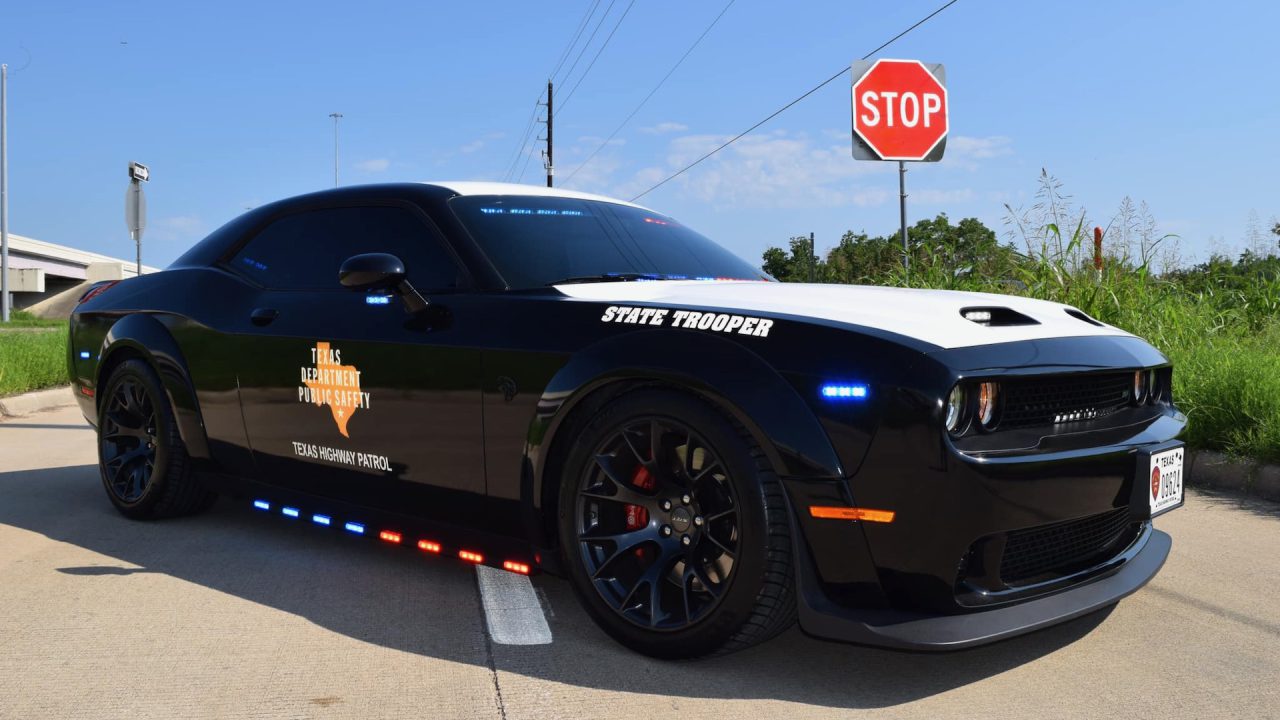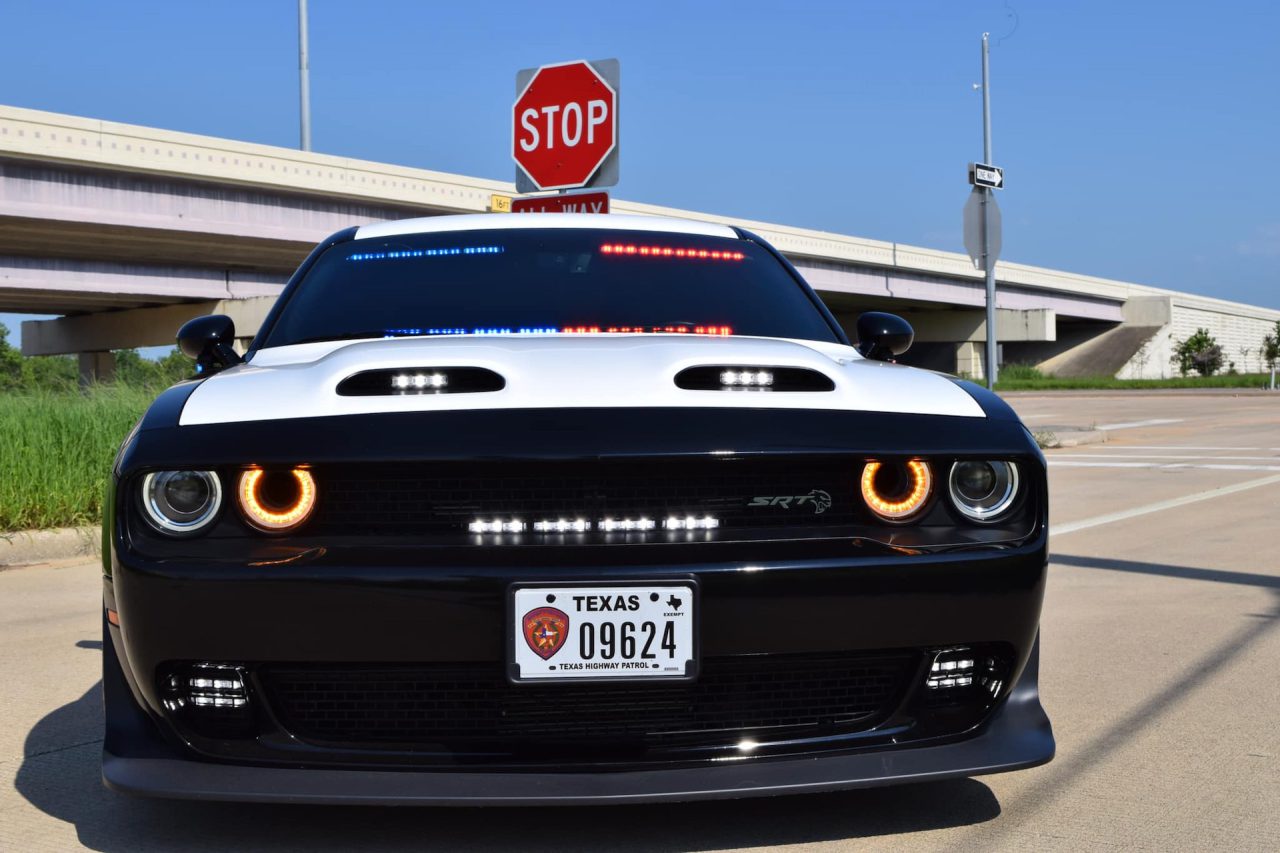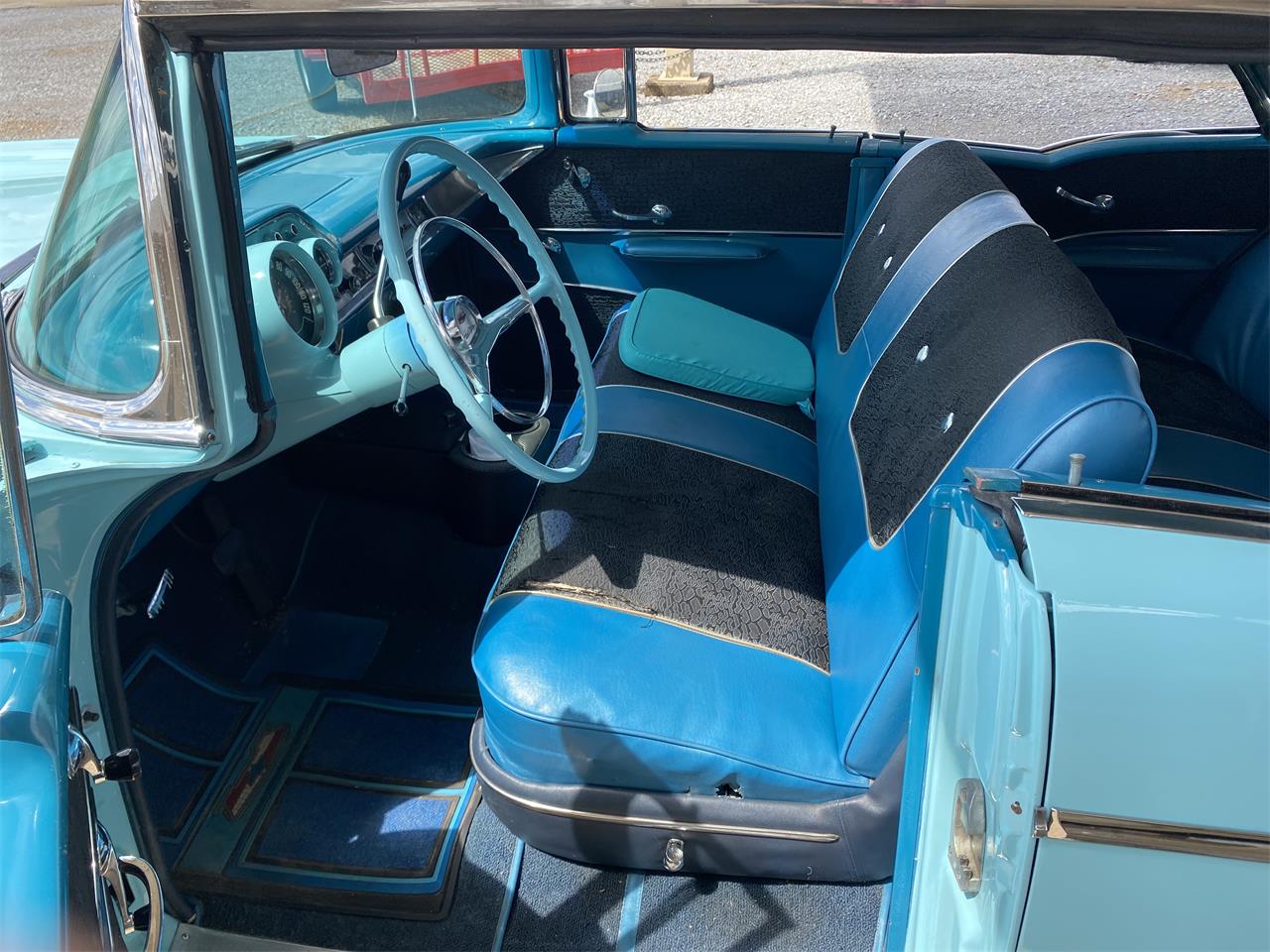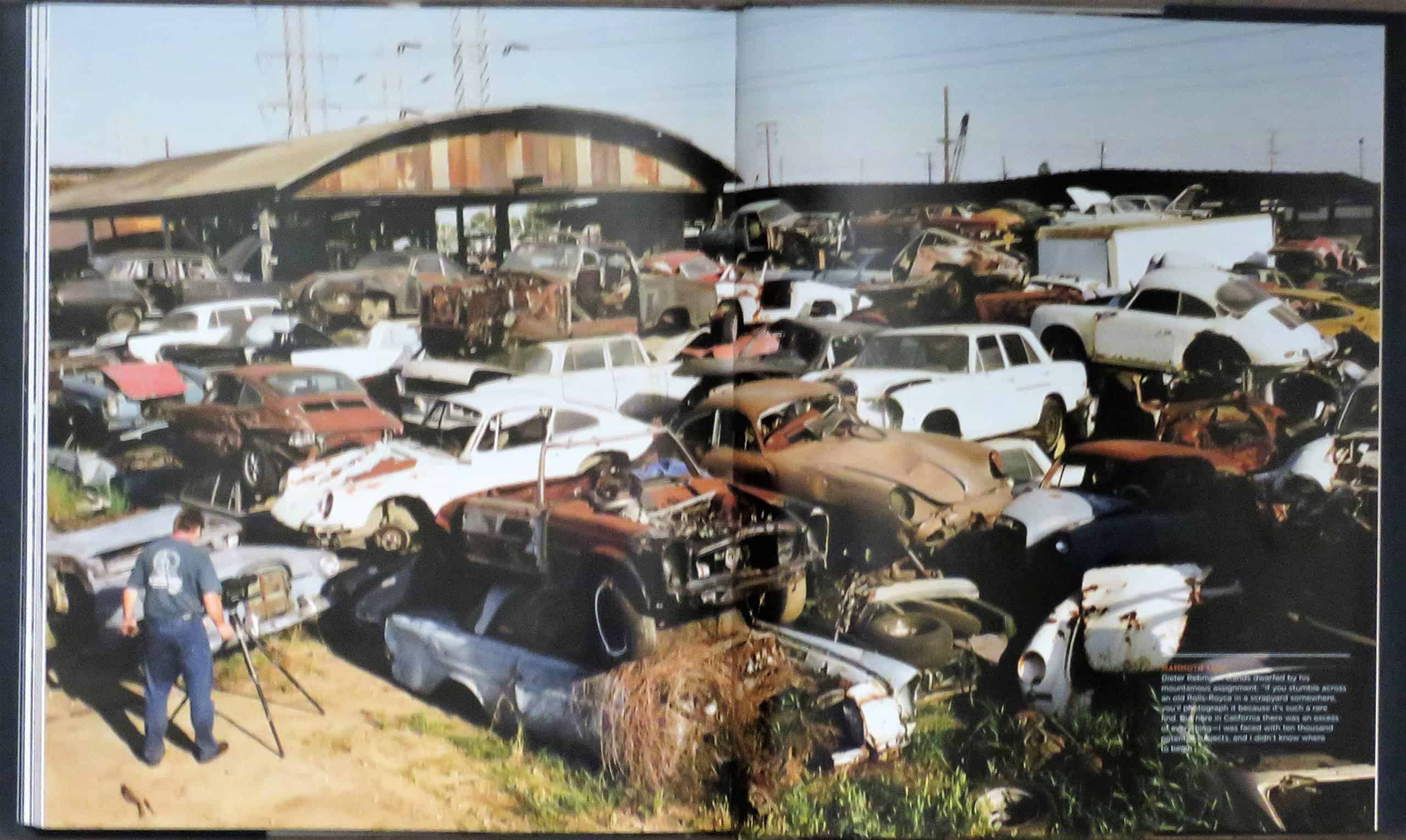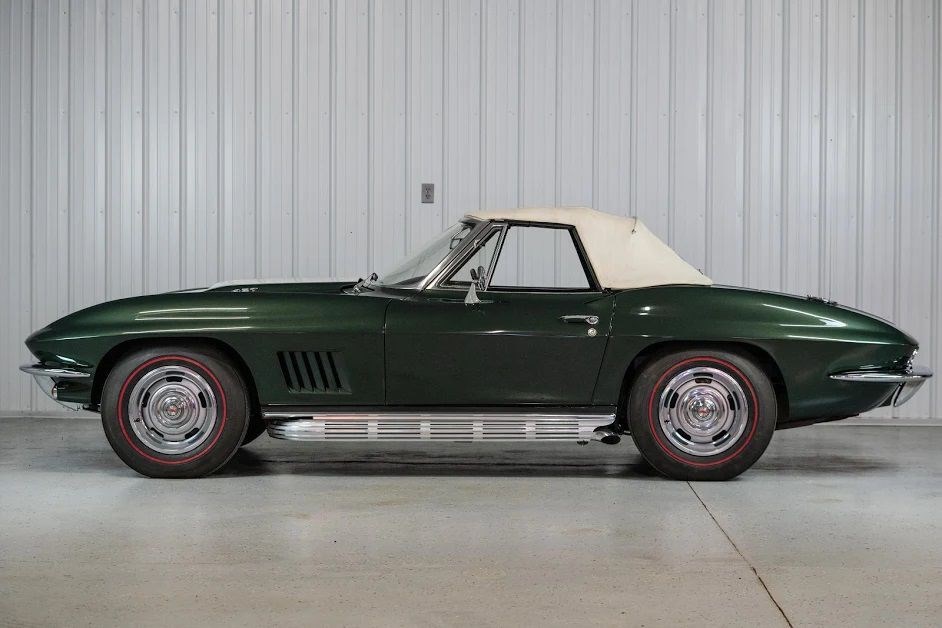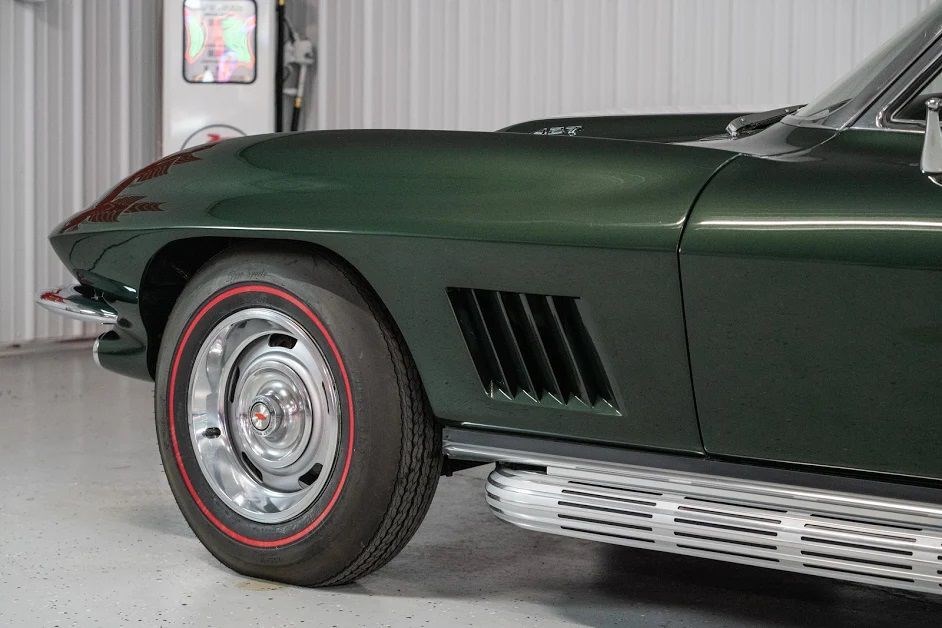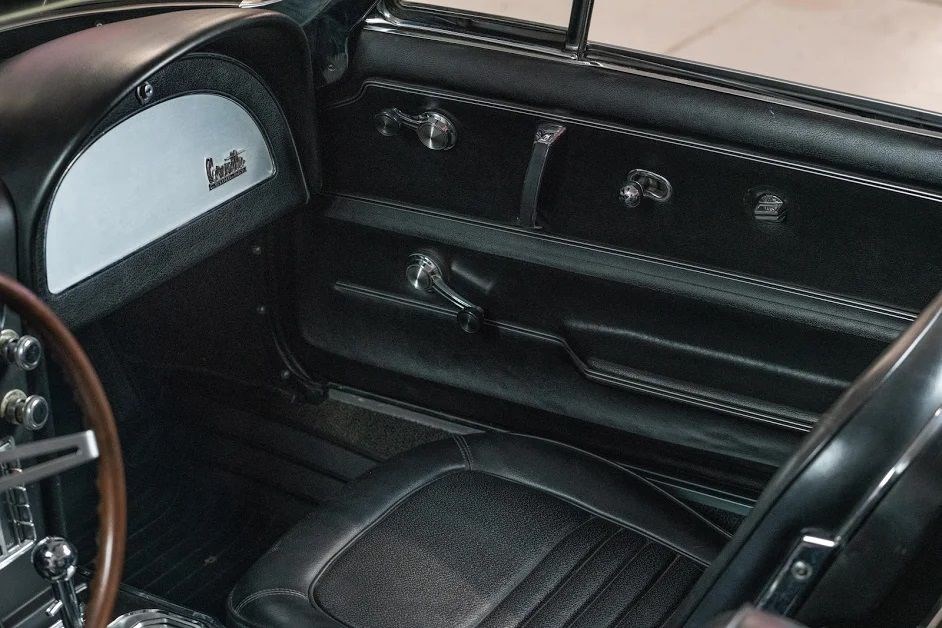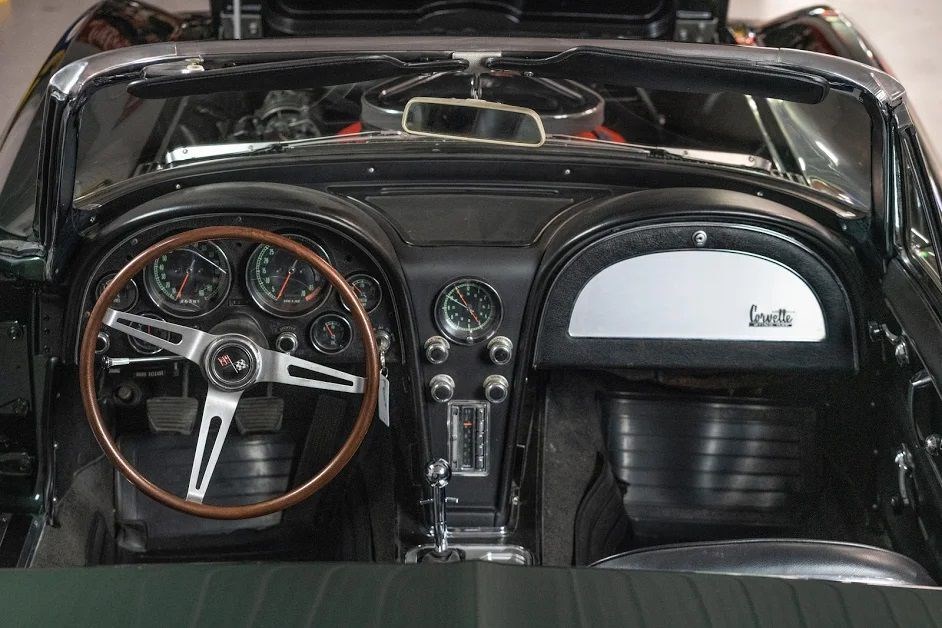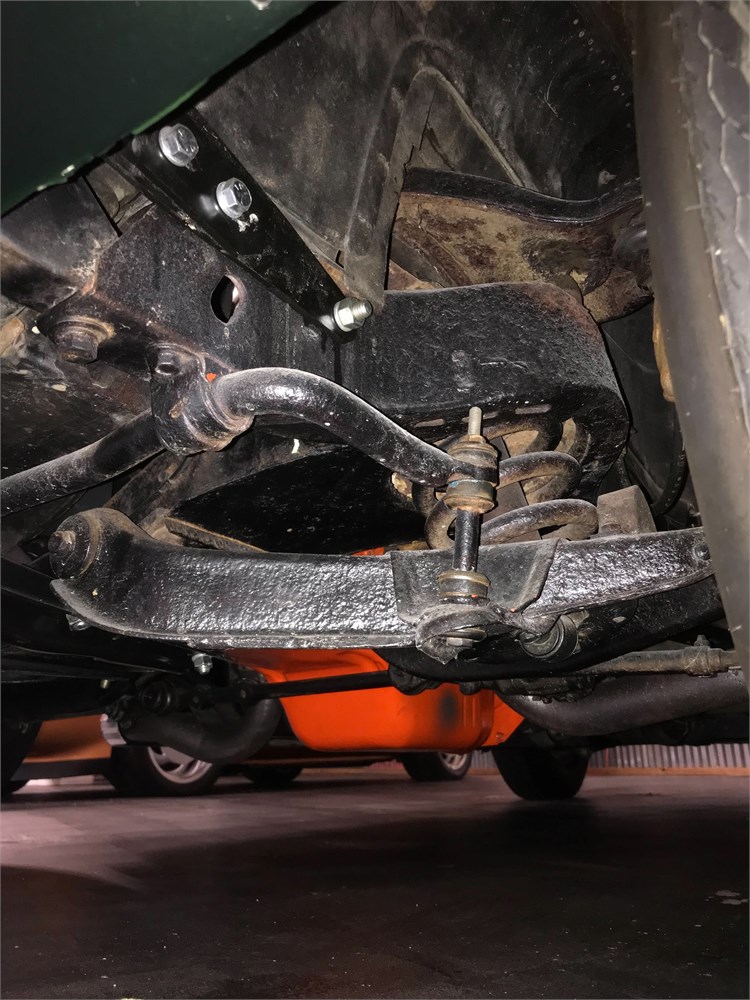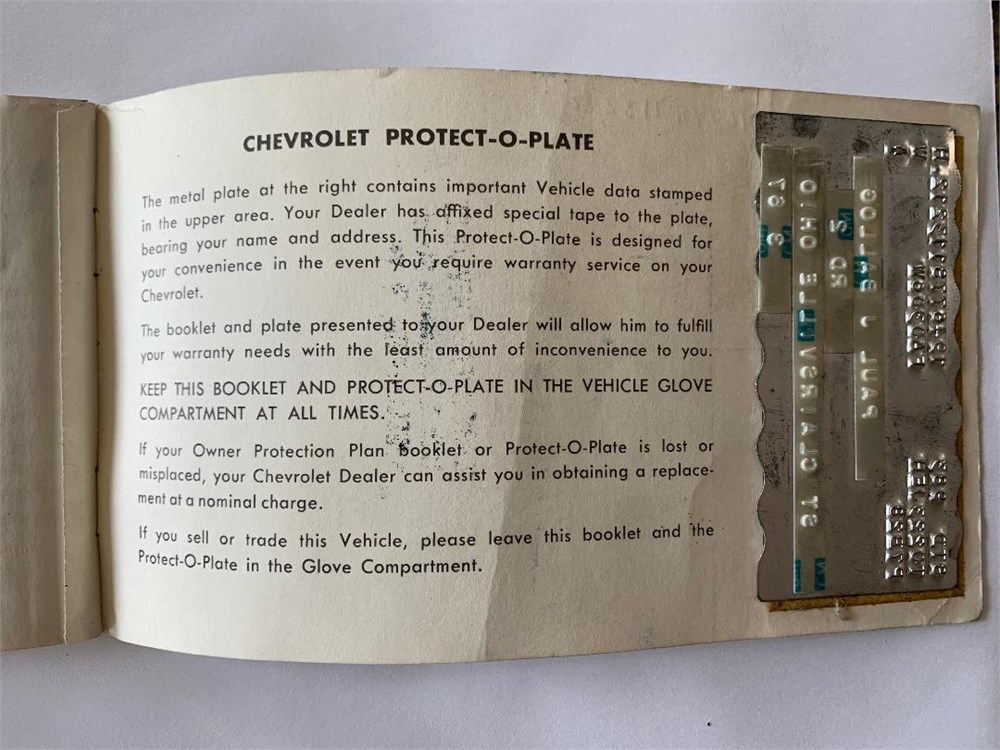King Midget club members still don’t know all there is to know about the prototype fiberglass roadster that Midget Motors intended to build. How did the tiny Athens-based company plan to power the car? Was it ever meant to have a top? What exactly caused its demise? Now that club president Lee Seats has the prototype in his garage in anticipation of a full restoration and subsequent public display, perhaps some answers will soon come to light.
“All I know is that Midget Motors could’ve built it, but it would have been difficult,” Seats says.
Indeed. Chronically underfunded Midget Motors—a venture started by Claud Dry and Dale Orcutt in 1946—might’ve at one point been the sixth-largest carmaker in the United States, but ran on an infinitesimal budget compared to larger carmakers. Company headquarters was a small building next to Dry’s house, and research and development essentially consisted of the time the partners spent reading the latest issue of Popular Mechanics.
That’s not to say they didn’t meet with some measure of success. The King Midget Model 2 and Model 3 kept the company going well into the Sixties and the company was even able to make some acquisitions, mostly minibike and scooter companies. While the Midget Motors microcar lineup remained fairly static and uninspiring with cars almost no larger than the two occupants that could fit in them—a rarity in the postwar American economy that demanded ever bigger, more powerful, and flashier cars—Dry and Orcutt at one point aspired to build something a little bigger, a little sleeker, and a little faster.
According to Bob Vasholtz, a King Midget historian who has written several books on the cars, just as demand for the Model 2 started to wane toward the mid-Fifties, Orcutt in particular seemed taken with the idea of creating King Midget bodies out of fiberglass. “Fiberglass construction was not capital intensive and small-shop oriented,” Vasholtz writes in “Midget Motors: Blueprint for American Microcars,” thus “the product and process seemed tailored to Midget Motors’ volume and needs.” Besides, fiberglass promised an opportunity to both cut some weight and design a body with more complex shapes than the steel- and aluminum-bodied Model 2 and Model 3’s bodies without springing for more expensive tooling.
![King Midget fiberglass prototype]()
Photo courtesy Lee Seats
Orcutt then proceeded to shape a body model out of clay, seeking input from his workers. Once he finalized the design—incorporating a bit of contemporary Ford in the rear, Jaguar XK120 along the sides and perhaps some Crosley Super Sport in the front—he took some molds from the clay model and sent them to a still-unknown fiberglass shop somewhere in Michigan to have several prototype bodies laid up.
In the meantime, Orcutt set about modifying a 1952 Model 2 chassis for the new car. The front and rear suspension remained unaltered, as did a section of the frame, but Orcutt modified the rest with wider perimeter rails to better fit the envelope styling of the new body and to get the passengers sitting lower in the car.
![King Midget fiberglass prototype]()
Photo courtesy Lee Seats
He also reportedly considered replacing the Model 2’s single-cylinder 6hp Wisconsin engine with something a little peppier, Vasholtz writes. Orcutt may have experimented with a Crosley overhead-camshaft four-cylinder engine, but as Vasholtz writes in “King Midget: the Story of America’s Smallest Dream Car,” Orcutt also intended to design and build his own engine, an opposed four-cylinder with overhead camshafts and a fabricated block similar to Crosley’s CoBra engine. Apparently, he intended to use tooling obtained in one of the scooter company purchases—likely Wyse-Cycle—but if Orcutt ever did succeed in assembling such a motor, neither Vasholtz or Seats believe it ever ran. Orcutt may have also intended to develop a new three-speed transmission for the car, though that, too, never made its way into the prototype.
“It was a tall order,” Vasholtz says. “Their eyes were definitely bigger than their tummies.”
Sometime in 1955, the batch of half a dozen or so fiberglass bodies arrived, and Orcutt soon discovered they required extensive reinforcing, including subframes for the doors and windshield to attach to. According to Vasholtz, the body quickly became too heavy for the chassis and Wisconsin single-cylinder and proved more labor intensive and thus more costly than the stamped-steel bodies Midget Motors was used to producing.
![King Midget fiberglass prototype]()
Photo courtesy Lee Seats
However, Seats, who’s spent some time already with the body in his basement restoration workshop in Bristol, Tennessee, believes that’s not exactly why Midget Motors stopped development on the project. “The Model 3’s body is made up of three sheets of steel, and I can’t pick it up by myself,” he says. “But this body, I can pick it up myself no problem.”
While the cost of preparing the body may have indeed been a significant factor, Seats points instead to the fact that the fiberglass shop burned down shortly after delivering the bodies, taking the King Midget prototype’s mold—and the costs associated with the mold’s development—with it.
Whatever the case, Orcutt and Dry put the fiberglass car project on hold and decided to update the Model 2 as a stopgap measure until they could return to the prototype. The stopgap car became the Model 3, which Midget Motors introduced in 1957 and which became perhaps the most recognizable of the King Midgets. Meanwhile, the prototype—fitted with a 1956 Wisconsin engine—went on to serve as a demonstrator for Dry’s secretary to drive and then as a daily driver for one of the employees at the Midget Motors plant. When it became evident the fiberglass car would never happen, Midget Motors sold the other bodies through its mail-order catalog, with at least one still in existence.
![King Midget fiberglass prototype]()
Photo courtesy Lee Seats
That employee who dove the prototype later sold it to a local farmer, who stashed it in a barn somewhere near Athens for the next 20 years or so, Vasholtz says. King Midget enthusiast Gordon Harvey eventually bought the prototype from the farmer and kept it in Florida for some time before selling it to fellow enthusiast Gary Guy, who similarly stored it in Arizona without a restoration commencing.
Seats, in turn, obtained the prototype this summer and has already started to document it for restoration. Unfortunately, the years and the cross-country trips haven’t been kind to it—the frame collapsed during its most recent move, and the gelcoat on the body started to bake off during its time in Arizona—so he’s had to focus on stabilization and repair before he can proceed to the actual restoration of the prototype.
![King Midget fiberglass prototype]()
![King Midget fiberglass prototype]()
![King Midget fiberglass prototype]()
![King Midget fiberglass prototype]()
![King Midget fiberglass prototype]()
![King Midget fiberglass prototype]()
![King Midget fiberglass prototype]()
Once completed, the prototype will be showcased in the closest thing the International King Midget Car Club has to a museum, a permanent display in the Market on State, a mall on the east side of Athens. The display, formerly housed in the Athens County Historical Society and Museum, currently features one example of every King Midget model, including the Junior and the Super Cycle, along with the last built Model 3 and the only Model 4 prototype. Vasholtz says that after the fiberglass car is added, the only thing that’ll really be missing from the King Midget timeline would be the lone remaining Model 2 prototype.
As for when the prototype will be finished, “don’t hold your breath,” Vasholtz says, “but Lee will get it done.”
